Salt
Updated Aug. 12th, 2019
Technically, salt is a combination of two minerals in an ionic bond. The salt that we are familiar with in food, and the one covered by this article, consists of sodium (Na) ion bound to a chloride ion (Cl), forming sodium chloride (NaCl). This type of salt is one of the oldest and most widely used food seasonings in human history, and salt is also one of the basic human tastes. It is also one of the oldest means of food preservation in the history of mankind, particularly for the preservation of meat.
Biological Need
Salt is an essential element for all known living creatures. It promotes the regulation of water content in our cells, creating a fluid balance in the body. Sodium is also used in the electrical signaling in the nerves throughout our bodies. Taking in too little salt, or losing too much through strenuous physical exercise can cause dangerous electrolyte imbalances. Low sodium levels can appear as: muscle cramps, dizziness, neurological problems and even death. For more information on electrolytes, please click here.
FORMS OF SALT
There are a number of different forms of salt available for human consumption. Different natural salts each have a unique flavour due to differences in their mineral contents.
Rock Salt / Halite / Himalayan Salt
This form of salt is harvested from thick salt beds left behind after the evaporation of ancient salt lakes. It contains a large number and variety of impurities, which may make it less safe for consumption. Although it can be found in some cooking, this form of salt is often used to salt sidewalks and roadways to prevent the formation of ice during the winter. It is also the form of salt that is purified to make table salt (below). For more information on halite, please click here.
Table Salt
Rock salt is often purified to be at least 97% sodium chloride, and then it is enriched with other minerals, like iodine to help prevent deficiencies that are common in the local populations. This type of salt is used in the West in salt shakers found on the dining table, and thus it is generally called "table salt". For more information on table salt, please click here.
Sea Salt
Sea salt is made by evaporating sea water, which leaves a rough, unrefined granular product. It contains small levels of natural iodine, and contains nearly 20% less sodium than table salt by weight. The lesser sodium content allows sea salt to also contain other trace minerals that are beneficial to health. For more information on sea salt, please click here.
Seaweeds
Many different types of seaweed are used in the place of salt in East Asian cultures. They can be dried, powdered or used fresh to season food in a similar fashion to other salts. These sea vegetables also contain a number of other beneficial nutrients and naturally high levels of bioavailable iodine. For more information on seaweeds, please click here.
Flavoured Salt Condiments
In order to reduce salt intake, Europeans developed a seasoning product containing a number of herbal elements in addition to sea salt to help reduce sodium intake in the diet and increase the nutritional value of the salt added to food. One example of this type of product is called Herbamare.
Excess Salt
There are a number of health problems that have been associated with excessive intake of salt, the most notable of which is high blood pressure. Increased blood pressure is associated with an increased risk of: stroke, heart disease, and kidney disease. Reducing salt intake can also help treat edema (swelling / bloating). Because of this, there are limitations set on the recommended dietary sodium intake.
Recommended Salt Intake
Health Canada recommends a daily sodium intake between 1,500mg and 2,300mg (1.5 – 2.3g). A Canadian Community Health survey in 2004 indicated that the average Canadian adult consumed around 3,000mg of sodium daily, which is double the recommended dosage. Note that sodium is not equivalent to salt. See the table below for general conversion.
Nutritional Information
| sodium chart | ||
|---|---|---|
| amount of salt | weight | sodium content |
| 1 tsp | 6g | 2,400 mg |
Many processed foods are extremely high in salt. Be sure to read the food labels on anything you purchase to ensure you are staying within your health goals. Note that these are often listed as a percentage of the highest end of the recommended dosage scale for an adult. You may want to aim a little lower if you are concerned about your blood pressure.
Salt Alternatives
There are a number of salt alternatives on the market that are low in sodium to help prevent the cardiovascular side effects associated with excess sodium intake. Many of these consist of potassium chloride instead of sodium chloride. These should be avoided in people suffering from diabetes and kidney or heart problems, as potassium can cause health problems in these individuals.


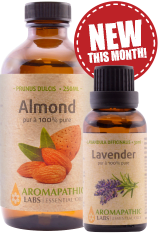
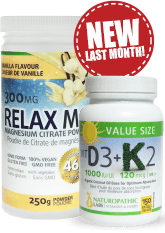


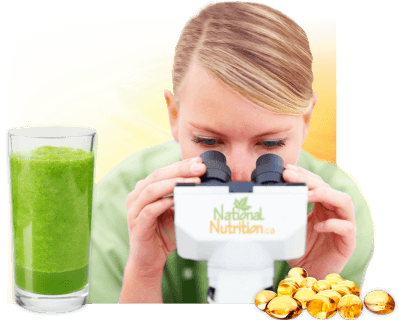





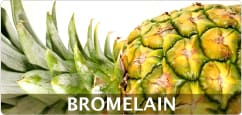

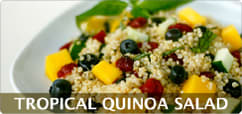
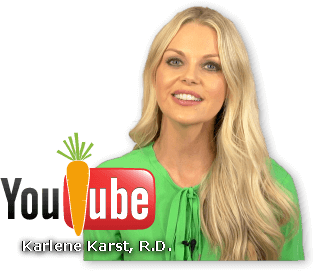

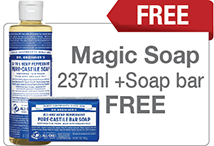

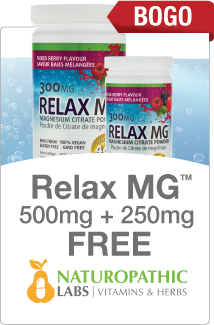

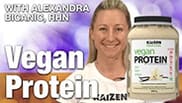
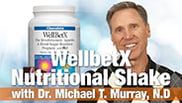
The endocrinologist diagnosed me with Hyponatremia and I have been searching for a salt and which kind is best . In find my best Naturopathic info here on National Nutrition for many years I have shopped here and thank the site for providing it as the other sources I buy from do NOT which requires me to search
on the web.
Hello CC,
We're happy our article was able to help you and thank you for sharing. We work hard to not only provide the best in natural health products and supplements but empower our customers with natural health knowledge. We think you will also enjoy our Youtube channel which is full of educational videos:
https://www.youtube.com/user/NTLnutrition
Have a healthy day!
Seems like its really hard to avoid salt in our foods these days! Salt is found in almost everything and the daily recommendation is so low that were bound to go over! Maintaining a good salt ratio seems crucial but difficult so I'm glad that this article has mentioned other things that can be used in place of salt in addition to certain salts that seem to be healthier than others for instance I always thought Himalayan salt was super healthy but apparently not!
Hello, Rose With Thorns,
Indeed, salt is in many food items nowadays, but everything in moderation. Thank you for your comment and have a healthy day!